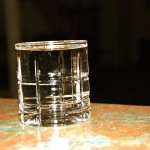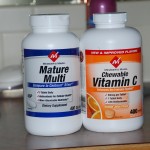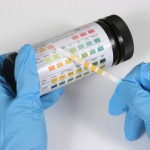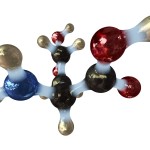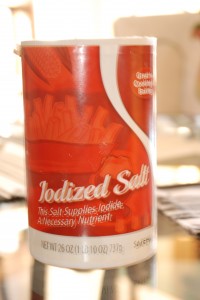My wife was really looking out for me yesterday. She read and clipped out an article from USA Weekend's HealthSmart section with the title "4 crucial tips for managing
your weight." They came from THE DOCTORS, a daytime TV show I've never seen (I don't watch much TV anyway). The show apparently has four physicians, a pediatrician, an Ob-Gyn doc, an ER doc and a plastic surgeon.
The tips seemed reasonable: drink water; stay consistent; get good sleep and log on to keep pounds off. I've written a post on sleep and weight, believe in consistency (but it's my one sore spot, especially on vacations ), keep a record of my weight on a regular basis (but not online) and drink lots of water.
Now that one caught my eye; I drink three very large glasses (30 oz each) of lime water a day and often drink water before starting to eat. I've read that some think that even the standard recommendation of eight glasses a day is excessive, but my habit started when I had vocal cord issues and a senor speech therapist suggested I drink a large quantity lime-flavored water every day.
Now there's some data to support my idiosyncrasy of having some water at the start of a meal. A study done by researchers at Virginia Tech and reported at a recent national meeting compared two groups of subjects aged 55 to 70. Both groups were on a low-fat, low calorie diet. The research subjects in one group drank two cups of water before each meal; those in the other group didn't.
This was a twelve week study and the water drinkers lost more weight. Then the scientists followed their progress for a year. Not only did they keep weight off, they even lost a little more.
There's a catch; this doesn't work for young dieters. The speculation is that older people's stomachs empty slower and I'd tie that in with feeling full and choosing not to eat more.
Several other university groups commented on the subject. One said that those who drink water don't drink sugar-filled beverages and, on the average, consume 75 to 90 calories less a day. That adds up over the course of a year; 100 calories less a day would equal a little over ten pounds of weight loss. The other wondered if people who aren't on an actual diet would keep up their water-drinking pattern longterm.
So far I have, for twelve years, but for different reasons. I think I'll be more deliberate in my pre-meal water drinking and see how that helps.
Don't overdo this if you try the idea; too much water intake can be dangerous. Two cups before meals sounds reasonable, but my large water intake isn't for everyone.

